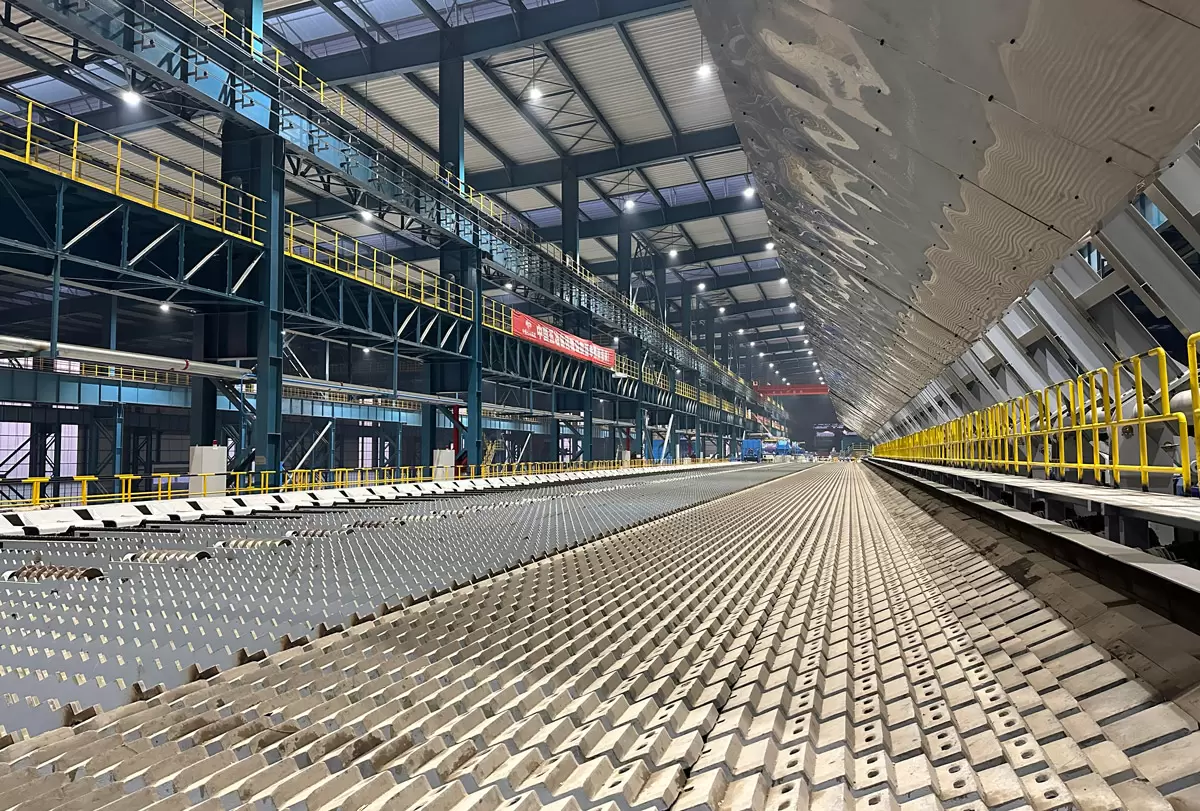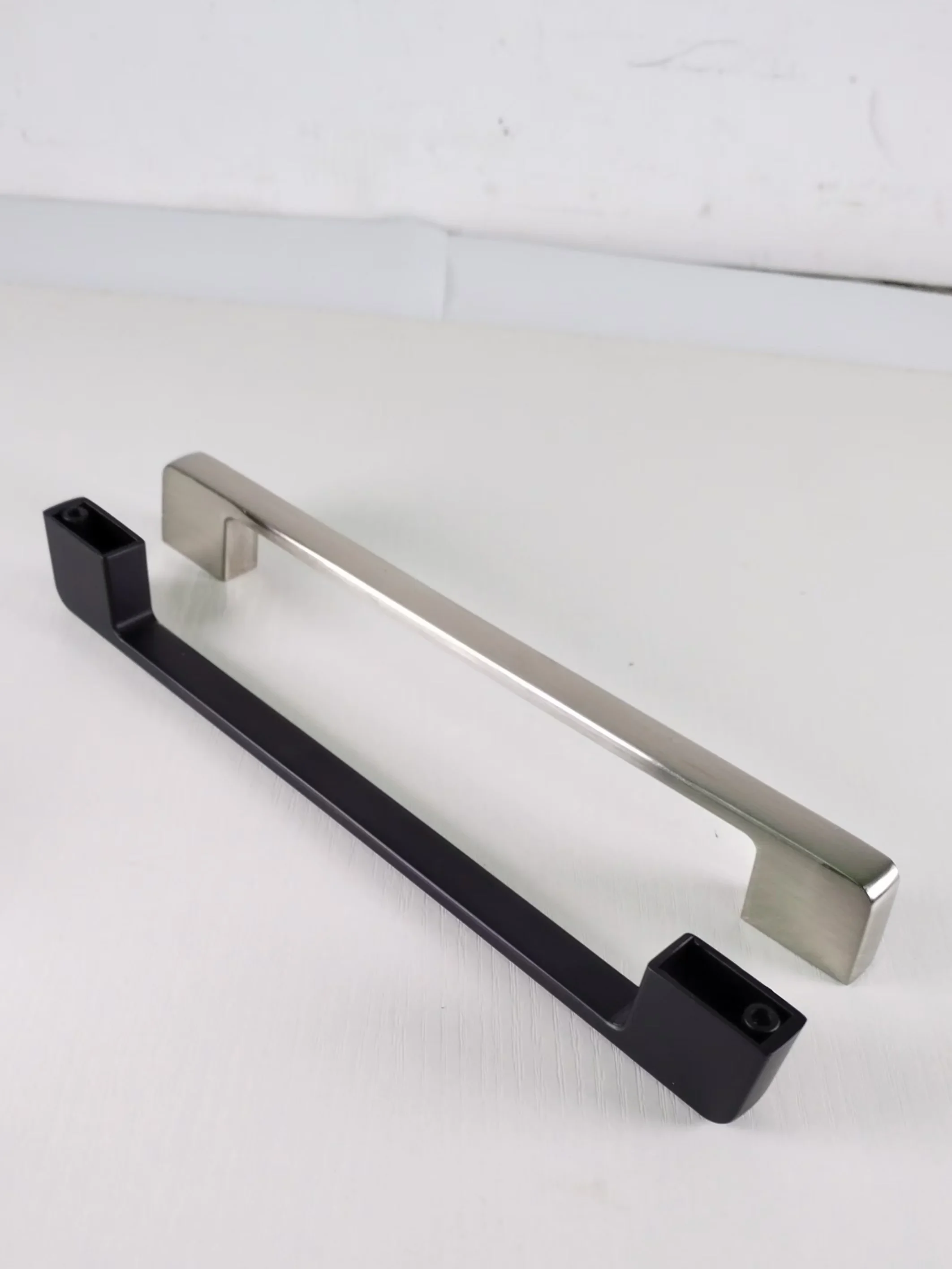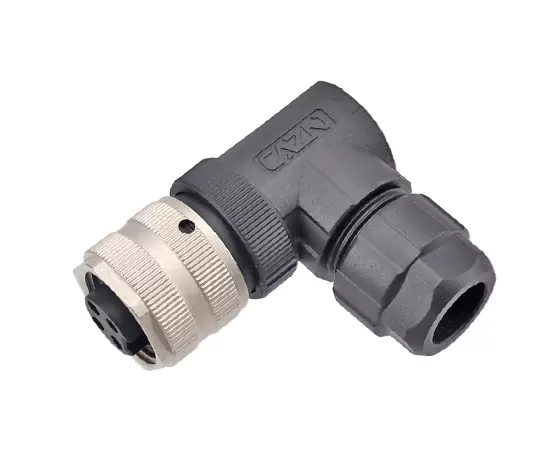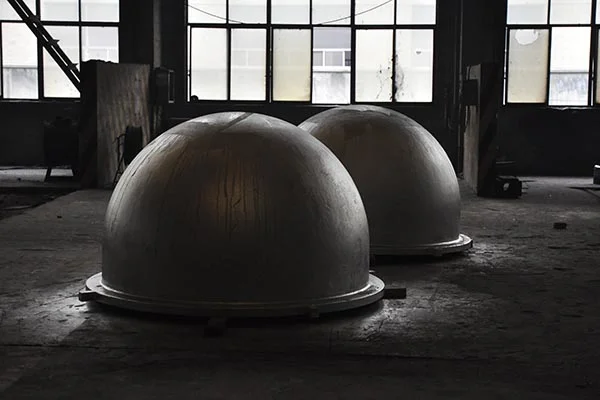In today’s fast-paced industrial and commercial environments, efficient, secure and flexible wiring solutions are more important than ever. That’s why the role of the terminal block is critical — and also why our company, Linhao, is dedicated to wholesale distribution of high-quality terminal blocks. In this article we’ll explore what a terminal block is, why you should choose one, how to select the right configuration, what advantages they bring and how to optimize installation. By the end you’ll understand why a terminal block is not just a component, but a vital element in wiring, your control cabinet or power panel.
1. What is a Terminal Block?
Understanding the basics of a terminal block
A terminal block (sometimes called a connection terminal or terminal connector) is a modular block with an insulated body used to secure two or more wires together.
Typically, the terminal block has a conducting strip or metal component inside the insulated housing; wires are clamped to this metal element so that the electrical connection is secure.
In many industrial control panels the terminal block is mounted on a DIN rail for easy installation and wiring organization.
Why is it called a “block”?
The “block” reference comes from the modular housing: many terminal blocks sit side-by-side or stack on rails, forming a “block” of wiring terminals. These blocks allow efficient organization of wires, especially when you have multiple circuits, signal wires, power inputs, etc.
Also, some terminal blocks combine multiple levels (dual-, triple-level) so that several wires or poles can be housed in one compact block.
Key components of a terminal block
-
Insulated body/housing — typically made of plastic (e.g., polyamide) or other insulating material, to isolate adjacent conductors.
-
Conducting element / metal strip — the part that carries the current, to which the wires are clamped.
-
Clamping mechanism — could be a screw, spring clamp, push-in, or other method to secure the wire.
-
Mounting arrangement — e.g., for a DIN rail, or for panel mounting, or PCB mounting.
In short: when you specify “terminal block” in a wiring or distribution context, you’re referencing a modular connector device that makes secure, organized, and maintainable electrical wire connections.
2. Why Should You Use a Terminal Block?
More than just connecting wires
You might ask: “If I just need to connect wires, why can’t I twist them together or solder them?” Indeed, you could, but using a proper terminal block offers numerous advantages in terms of reliability, maintenance, safety and organization. For example:
-
Terminal blocks let you easily add or remove wires without cutting, splicing or re-soldering. This reduces maintenance time and error.
-
They provide neat, orderly wiring in panels, making identification, troubleshooting and auditing far simpler.
-
They enhance electrical safety by using insulated housing, eliminating exposed bare wires, reducing risk of short circuits, and improving insulation/creepage clearance.
-
Terminal blocks are modular and scalable — you can expand wiring systems by simply adding more blocks, rather than redesigning or re-wiring major sections.
Specific benefits for your wholesale/distribution perspective
Given that we at Linhao wholesale terminal blocks, consider the following value propositions your customers will appreciate when you supply terminal blocks:
-
Faster installation: fewer terminations by soldering or splicing means more efficient time on site.
-
Standardization: by using common terminal block families, customers simplify their inventory and maintenance training.
-
Future-proofing: modular terminal blocks allow expansions, changes or upgrades without re-wiring entire systems — a selling point.
-
Reliability: high-quality terminal blocks reduce downtime and callbacks, which strengthens your brand as a wholesaler.
If you incorporate the keyword “terminal block” naturally in your messaging (as we’re doing here), you’re also aligning your web presence with how engineers and buyers search for these components.
3. Types of Terminal Blocks & Their Features
Classification by connection method
There are several common types of terminal blocks depending on how wires are clamped or secured:
-
Screw-in or screw clamp terminal block: the wire is held by tightening a screw. This method is widely used and proven.
-
Spring-cage or spring-loaded terminal block: a spring mechanism holds the wire, often enabling tool-free insertion and faster wiring.
-
Push-in or push-fit terminal block: the wire is simply pushed into the terminal, sometimes requiring a release device. This is becoming more popular.
-
Insulation Displacement Connector (IDC): here the insulation is pierced and the conductor is contacted without stripping. Less common for heavy power wiring but useful in signal circuits.
Classification by mounting and configuration
-
DIN rail terminal block: mounted on a standard metal rail inside control cabinets — widely used in industrial automation.
-
PCB terminal block: mounted directly on a printed circuit board for wire-to-board connections.
-
Barrier terminal block: has insulated barriers between poles; used for higher voltage or where isolation is critical.
-
Multi-level terminal block: two or more connection levels within one block housing (e.g., dual level, triple level) so you can manage more circuits in less space.
Classification by application or special function
-
Ground terminal block: built to provide grounding – connects the wire to the grounding point/panel.
-
Fused terminal block: incorporates a fuse into the terminal block so that overcurrent protection is integrated.
-
Thermocouple terminal block: designed for thermocouple connections where dissimilar metals cannot be joined inadvertently.
What this means for selecting your inventory
For your wholesale distribution business (Linhao), offering a range of terminal block types is a strategic advantage. Be sure to stock common types (screw clamp, DIN rail, feed-through) and some of the advanced variants (spring, fused, multi-level) so you can meet both standard and specialized customer needs. When you optimize your website article around “terminal block”, you can mention several of these types to capture diverse search intents.
4. How to Select the Right Terminal Block for Your Project
Choosing the correct terminal block is more than choosing a block that "looks right" — various electrical and mechanical factors must be examined. Let’s walk through the key considerations.
4.1 Electrical specifications
-
Current rating: Ensure the terminal block can handle at least 150% of the system’s expected maximum current to avoid overheating and failure.
-
Voltage rating: The voltage rating must exceed the system’s maximum, inclusive of any surges. Insulation and creepage clearance matter here.
-
Pole count: Number of circuits or connections the block accommodates (single pole, dual pole, multi-pole).
-
Pitch: Especially for PCB terminal blocks, the center-to-center spacing (pitch) between poles is critical for fitting, isolation and insulation performance.
4.2 Mechanical and environmental considerations
-
Mounting style: Will you mount on a DIN rail, panel mount, or PCB? Each has different form factors.
-
Wire gauge / conductor size: The terminal block must accept the size (cross-section) of wire you plan to use. Some blocks are rated for large conductors; others for smaller.
-
Connection method: Decide whether screw, spring, push-in, or other mechanism is appropriate for your application (tool-free vs. screw).
-
Vibration, shock, thermal & environmental conditions: In industrial settings, vibrations can loosen screws; dusty/humid conditions may degrade connections. Higher quality terminal blocks may be specified for such conditions.
-
Material/insulation rating: Housing materials must have suitable flammability rating (UL94V-0, etc.) and durability.
4.3 Application-specific questions
Ask yourself:
-
Is the wiring going into a control cabinet where space is at a premium? If yes, a space-saving multi-level terminal block might make sense.
-
Is there a risk of high current surges or need for built-in fuse? Then a fused terminal block is ideal.
-
Will future expansion likely be required? Then modularity and availability of spare blocks matter.
-
Does the customer prefer tool-less wiring for faster assembly? Then consider push-in or spring types.
4.4 Practical checklist for selection
When you or your customer is choosing a terminal block, you might use a checklist such as:
-
Max current required: … A / Terminal block rating: … A → margin ≥ 50%
-
System voltage + surge: … V → block rated for … V
-
Number of circuits/poles: … → choose block with at least that many
-
Wire gauge(s) used: … mm² or AWG → block supports that size
-
Mounting style: DIN rail / panel / PCB → choose accordingly
-
Environment: vibration / humidity / temperature / explosion-proof?
-
Connection method preference: screw / spring / push
-
Future expansion: yes/no
-
Part numbers and availability: ensure stock, spare parts
-
Cost vs reliability: higher cost blocks may pay off via reduced downtime
By guiding your website visitors through this thought process, you demonstrate expertise and help them trust Linhao as a knowledgeable distributor of terminal blocks.
5. Key Advantages of Using Terminal Blocks in Wiring Systems
Here’s a breakdown of how terminal blocks drive value — both for your customers and for your wholesale distribution business.
5.1 Organization & Space Efficiency
Terminal blocks allow wires and cables to be terminated in an orderly fashion. Using DIN rail-mounted terminal blocks, for example, enables tidy cable routing, labeling, and easier maintenance.
Multi-level blocks amplify this benefit — you can handle multiple circuits in a compact footprint.
5.2 Enhanced Safety & Reliability
Using terminal blocks means no exposed bare wires in the panel, reducing the risk of short circuits or accidental contact.
Because of standardized connection methods, inspection and troubleshooting are faster and more accurate.
Quality terminal blocks are certified to safety standards (UL, IEC) and properly rated for current/voltage, which reduces failure risk.
5.3 Flexibility & Maintainability
If wires need to be changed, re-routed, or the system expanded, terminal blocks make this far easier than traditional splices or solder points.
In control cabinets, being able to disconnect modules or reroute signals without ripping out wiring is a major plus for system downtime.
5.4 Cost Efficiency Over Lifecycle
While the upfront cost of a high-quality terminal block may be higher than a splice or simple connector, the cost savings manifest in easier installation, fewer errors, less rework, faster servicing, and reduced downtime. That means lower total cost of ownership.
For a distributor like Linhao, highlighting this lifecycle value to your customers helps differentiate your offering beyond just “lowest price”.
5.5 Standardization & Modular Design
Because terminal blocks are standardized in form, mounting (DIN rails), pole counts, and accessories (end plates, jumpers, markers), your customers benefit from modularity. Stock fewer unique parts, simplify training, and make field servicing easier.
For example, some terminal block families allow accessories like jumpers, marking strips, feed-throughs, test sockets, etc.
https://www.nj-linhao.com/Terminal-Block
Linhao






+ There are no comments
Add yours